Nearly one billion women, globally, have no access to the financial system. Failure to include women costs financial institutions billions in potential profit. Mary Ellen Iskenderian, president and CEO of the nonprofit organization Women’s World Banking, explains the causes of this exclusion, how to combat it and why everyone benefits from financial inclusion. Citing examples from India, Nigeria, Indonesia, Rwanda, Colombia, the Dominican Republic, Bangladesh and Mexico, Iskenderian details myriad ways to give women access to financial tools and emphasizes that financial institutions can do well by doing good.
Despite decades of effort, almost one billion women remain financially disempowered.
One-third of the planet’s adults have no access to financial services. More than half of these 1.7 billion people – almost a billion – are women. Women share the financial problems of low-income men, but gender norms can make their financial exclusion even more onerous.
For example, certain societies disapprove of women owning smartphones, which stops them from banking by phone. Yet when women control money, they are more likely than men to invest it for their families’ benefit. In households where women have more financial authority, children receive superior nutrition than in households where they don’t.
The “rotating savings and credit association” (ROSCA) offers a traditional option for impoverished people. It enables people without access to banking to pool their resources and lend money, sequentially, to its members. Such groups may form due to shared activities or backgrounds, and they rely on high levels of trust. Such cooperatives were precursors to modern banks.
Muhammad Yunus invented microfinance in 1975 ...









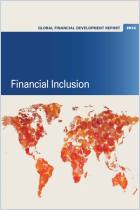
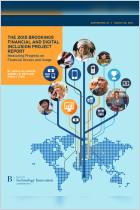
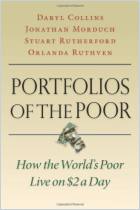
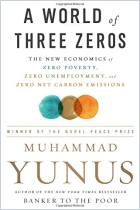
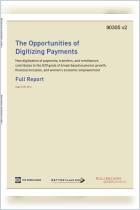
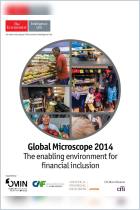


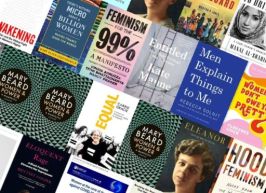







Comment on this summary or Start Discussion